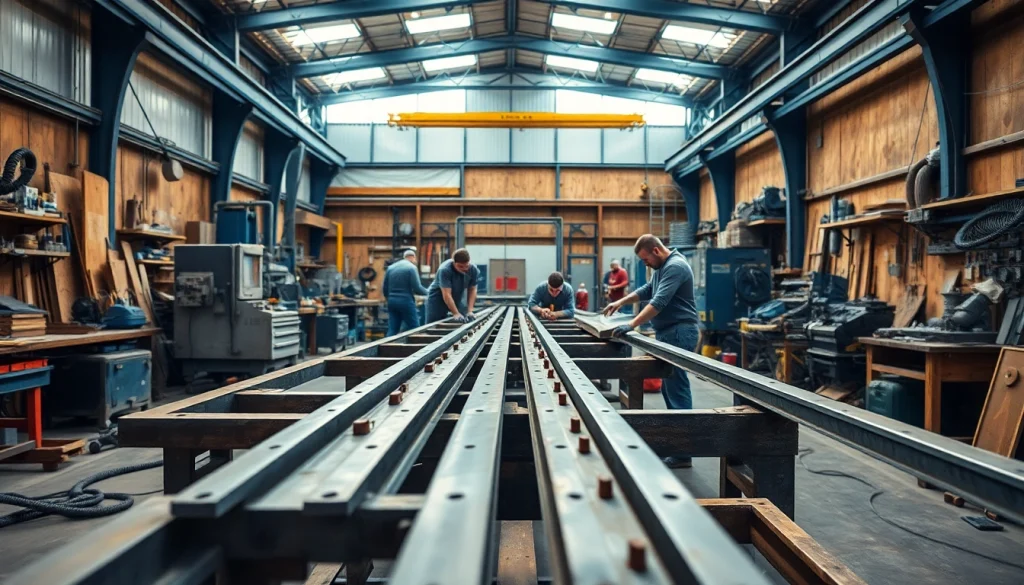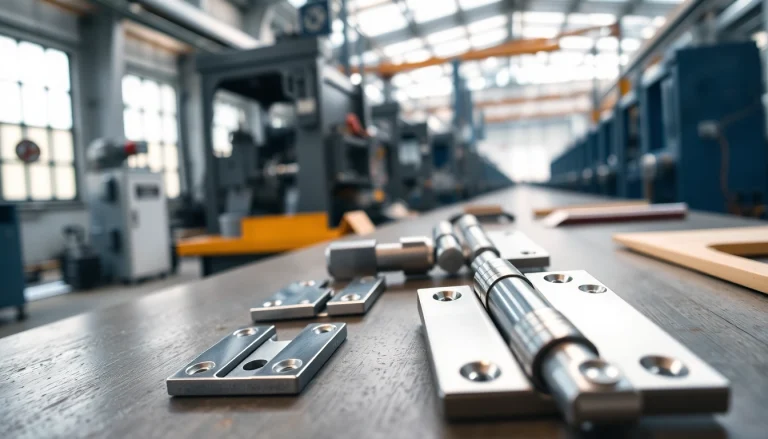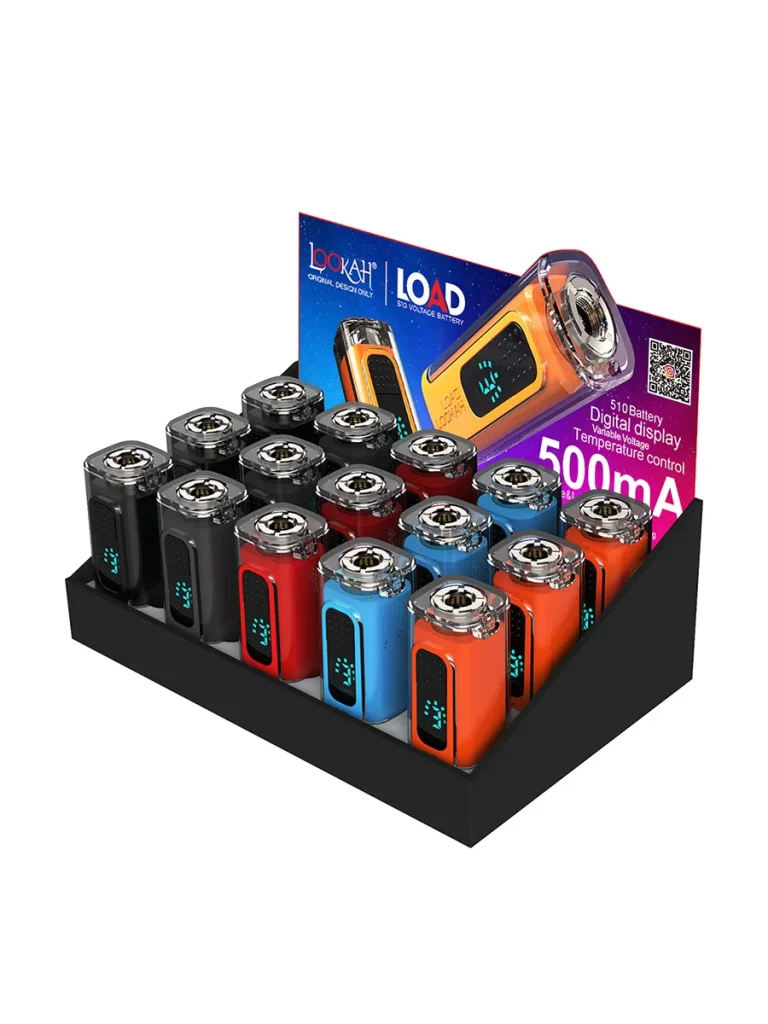
Introduction to Steel Fabrication Shop
In a world where construction and manufacturing are vital to economic progress and development, the role of a steel fabrication shop cannot be overstated. These specialized facilities are integral to a myriad of industries, providing the essential steel components that support infrastructure, machinery, and various engineering projects.
What is a Steel Fabrication Shop?
A steel fabrication shop is a facility that processes raw steel into finished products through various engineering and fabrication techniques. These shops employ skilled craftsmen and utilize advanced machinery to cut, shape, and assemble steel components based on detailed specifications. The primary goal is to convert raw material into functional and structural pieces that meet specific regulations and standards for an array of uses.
Importance of Steel Fabrication
Steel fabrication plays a critical role in many sectors including construction, automotive, aerospace, and manufacturing. The importance of a steel fabrication shop lies not only in its ability to produce steel structures but also in its contribution to the overall efficiency and quality of the end product. Steel’s inherent strength, durability, and versatility make it an ideal choice for constructions ranging from skyscrapers to bridges, ensuring safety and longevity. The fabrication process also allows for customization, accommodating unique design features and engineering demands.
Common Services Offered
Steel fabrication shops provide a wide range of services to cater to the diverse needs of their clients. Some of the common services include:
- Cutting: Precision cutting of steel sheets and profiles to specified dimensions using saws, laser cutting machines, or plasma cutting technology.
- Welding: Joining materials through various welding techniques such as MIG, TIG, and stick welding that ensure structural integrity.
- Assembly: Combining various fabricated components into a single structure, ready for installation or delivery.
- Finishing: Applying protective coatings, paints, or treatments to enhance durability and appearance.
- Design and Engineering: Collaborative services provided where design and engineering teams work together to develop blueprints and specifications for production.
Key Processes in Steel Fabrication Shop
Cutting Techniques
Cutting is often one of the first steps in the fabrication process, and the precision of this step can significantly affect the final product. Various cutting techniques are employed in steel fabrication shops, including:
- Shearing: A mechanical process used for slicing through sheets of metal, allowing for high precision and clean edges.
- Plasma Cutting: Utilizes an accelerated jet of hot plasma to cut through metal, effective for intricate shapes and thick materials.
- Laser Cutting: Offers extreme accuracy for complex designs, this method employs focused laser beams to cut through steel.
Welding Methods
Welding is pivotal in steel fabrication as it is the primary method for joining pieces together. Different welding methods are chosen based on the type of steel, thickness, and the environment in which the weld will be performed:
- MIG Welding: Suitable for thin to medium-sized materials, providing a strong and fast weld.
- TIG Welding: Offers precise control and is ideal for thinner materials and clean finishes.
- Stick Welding: A versatile and widely used method that is effective in various conditions, including outdoor environments.
Finishing Procedures
Once the cutting and welding processes are complete, finishing procedures are essential to ensure the longevity and aesthetic appeal of steel products. Common finishing techniques include:
- Sandblasting: A process that cleans and prepares surfaces by blasting them with abrasive materials.
- Powder Coating: A durable, attractive finish applied electrostatically, commonly used for outdoor steel products.
- Painting: Applying paint not only provides aesthetics but also protects against corrosion and environmental factors.
Choosing the Right Steel Fabrication Shop
Assessing Capabilities
When selecting a steel fabrication shop, it is vital to assess their capabilities to ensure they can meet your specific needs. Consider the following:
- Equipment: Evaluate the types and conditions of machinery they use. Modern, well-maintained equipment typically results in better quality outputs.
- Workforce Skills: The expertise of the workforce is critical. A team trained in the latest fabrication techniques ensures effective production.
- Capabilities: Identify if the shop can handle the specific steel grades and alloys required for your project.
Evaluating Quality Standards
Quality assurance is paramount in steel fabrication. Ensure that the shop adheres to relevant industry standards and certifications. Ask about:
- ISO Certifications: These indicate compliance with international standards in quality management.
- Inspection Processes: Understand their inspection protocols and quality control measures at different stages of production.
- Previous Work Examples: Request case studies or samples of previous work to assess the quality and craftsmanship.
Cost Considerations
While cost is often a primary consideration, it shouldn’t be the only factor when choosing a steel fabrication shop. Evaluate quotes thoroughly, ensuring you understand what is included in the price:
- Material Costs: Confirm the quality and type of materials being supplied in the quotes.
- Labor Costs: Higher expertise often equates to higher costs, but it can also mean better quality and fewer mistakes.
- Timeframes: Consider the delivery timelines and any potential cost implications of delays in production.
Best Practices for Steel Fabrication Shop Operations
Workflow Optimization
Optimizing the workflow in a steel fabrication shop is essential for enhancing productivity and efficiency. Here are a few best practices:
- Lean Manufacturing: Implementing lean techniques to minimize waste and improve operational efficiency.
- Automated Systems: Utilizing process automation for repetitive tasks reduces human error and increases speed.
- Continuous Training: Regularly upskilling workers on new technologies and techniques enhances overall productivity.
Safety Procedures
Safety is non-negotiable in any steel fabrication shop due to the inherent risks involved. Comprehensive safety protocols should include:
- Personal Protective Equipment (PPE): Ensuring that all workers wear appropriate PPE, including helmets, gloves, and welding shields.
- Regular Training: Conducting frequent safety drills and training sessions to keep staff informed on best practices.
- Emergency Preparedness: Having clear emergency procedures in place and ensuring that all employees know what to do in case of an accident.
Quality Control Measures
Implementing robust quality control measures is vital to producing high-quality steel products. Some effective measures include:
- Standardized Checklists: Using checklists during each stage of the fabrication process to ensure compliance with specifications.
- Testing Procedures: Conducting non-destructive testing (NDT) to identify any flaws or weaknesses in the structure without compromising its integrity.
- Feedback Loop: Establishing a system for feedback from clients and workers to continuously enhance quality practices.
Future Trends in Steel Fabrication
Technological Advancements
As technology evolves, so does the steel fabrication industry. Key advancements on the horizon include:
- 3D Printing: Expanding capabilities in creating complex custom designs with reduced material waste.
- Robotics: Increasing automation in welding and cutting processes can significantly boost productivity and precision.
- Advanced CAD Software: Enhanced design software allows for better visualization and creation of complex geometries before fabrication begins.
Sustainability Practices
With growing environmental awareness, sustainability in steel fabrication is becoming paramount. Practices include:
- Recycled Materials: Using recycled steel not only conserves resources but also reduces emissions from new steel production.
- Energy Efficiency: Implementing energy-efficient machinery helps reduce operational costs and environmental impact.
- Waste Management: Developing better waste management systems to ensure materials are reused or recycled wherever possible.
Market Demand Insights
The demand for steel fabrication services is influenced by global market trends and economic factors. Key insights include:
- Infrastructure Investments: Increased government spending on infrastructure projects drives demand for fabricated steel structures.
- Green Construction: The rise of eco-friendly buildings necessitates innovative fabrication methods to meet sustainability goals.
- Technological Integration: Companies seeking to maintain competitiveness must adapt to incorporate advanced technology into their operations.






